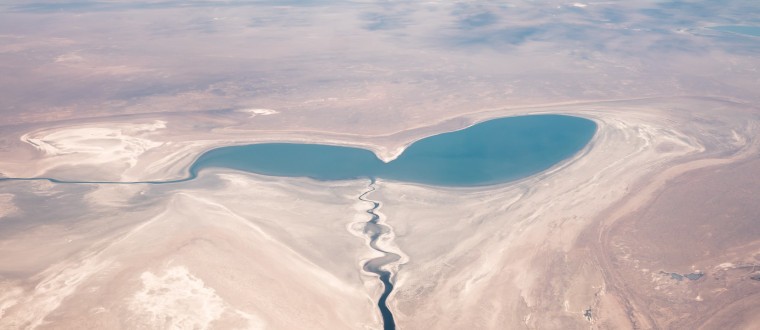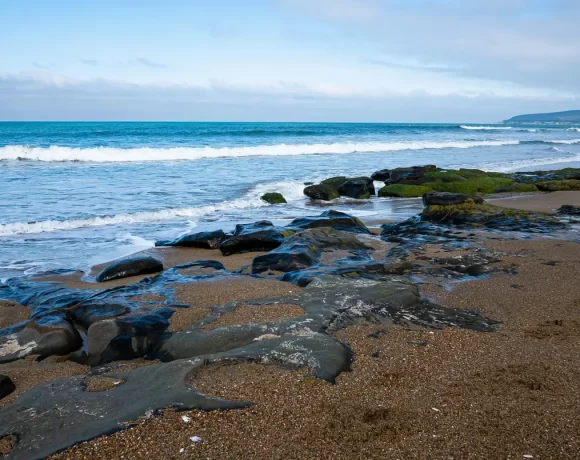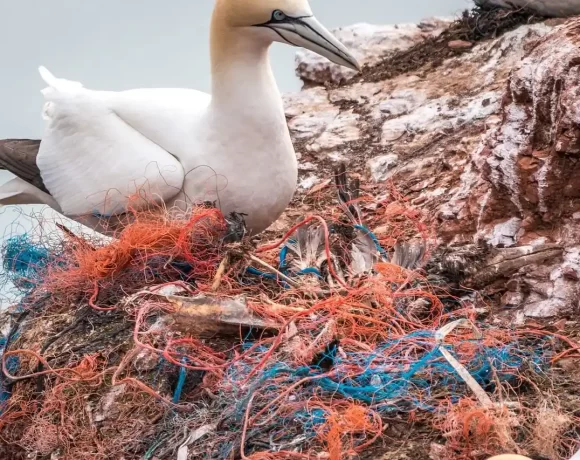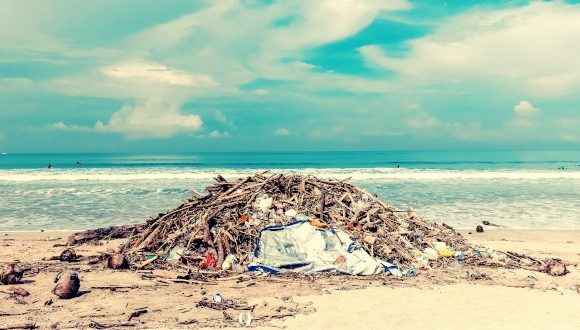The Aral Sea Is Vanishing and There Are Serious Consequences of this Disaster

Natural disasters are nothing new to the world anymore. Ice caps are melting, fires are eating up forests and storms are getting worse as they come. But before all that happened, there was one disaster that a lot of us never knew about, the vanishing of the Aral Sea.
Located between Kazakhstan and Uzbekistan, the Aral Sea is an endorheic lake that was once the fourth largest lake in the world covering an area of over 68,000 square kilometres and containing 10 grams of salt per liter.
The rivers of Amu Darya and Syr Darya feed the water to the lake from the North and South. But since the late 1960s, the Aral Sea started to shrink and now, there’s almost nothing left of it.
How the Aral Sea started to vanish
During the 60s, the Soviet government decided to divert the two rivers that supply water to the Aral Sea to irrigate the desert region around it for agriculture. While the goal for this diversion was considered logical because it helped the cotton farms, the Aral Sea’s deprivation of its main sources of water has led to more consequences than anyone would have ever imagined. Later on, studies have discovered that between 25 to 75% of the water that’s being diverted from these sources are just put to waste by being soaked up in the desert.
Since the 60s, the water from the Aral Sea started to desiccate drastically, especially since it only has a fifth of its water supply from rainfall. The salinity level also rose from 10 g/l to a staggering 100 g/l in what now remains to be the Southern Aral. This has been caused mainly by evaporation and it hasn’t been kind to fishes that inhabit this body of water. By 1987, the Aral Sea was already separated into two parts and at least 20 different fish species have been declared extinct.
The growing demand for cotton production in Uzbekistan has caused an increase in the amount of water needed to irrigate cotton farms and the collapse of the Soviet Union has made matters worse with countries being split and creating their own water policies.
The effects of the Aral Sea crisis
The vanishing of the Aral Sea has posed some serious consequences over the years. Because the salinity of the lake has reached six times higher than what’s considered safe by the WHO, people living near it has been exposed to saline water, which can be dangerous to their health. In fact, only 32% of these inhabitants had access to safe drinking water.
The crisis has also brought more storms in the area that carries at least 43 million tons of sand and dust from the dried-out sea floor of the Aral every year. This is one of the largest depositions of dust in the world and it contributes to the increasing pollution in the area, which is evident in human samples gathered from inhabitants surrounding the Aral Sea.
What the future looks like
At this rate, there is little hope for the Aral Sea to be saved. A series of bad decisions and an over utilisation of resources has caused a disaster that has brought serious consequences to the environment and human health.
The tragedy of the Aral Sea should be a lesson that human activities that have potential effects on climate and health should be thought carefully, even if they prove to be beneficial to society.
Sources:
The vanishing Aral Sea: health consequences of an environmental disaster
Read about the dying rivers and lakes due to pollution















